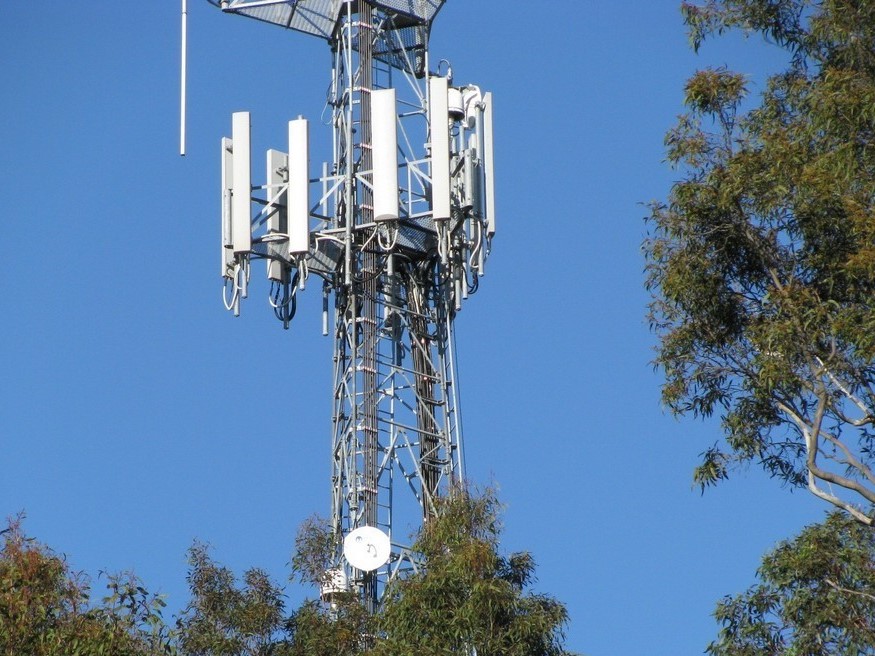
In the ever-evolving landscape of telecommunications, the significance of robust tower mounting solutions cannot be overstated. This comprehensive guide delves into the critical aspects of tower design, structural analysis, and maintenance that form the backbone of seamless wireless connectivity
Tower Mounting Solutions
- Explore various tower mounting solutions, from traditional lattice structures to modern monopoles.
- Discuss the advantages and disadvantages of each solution in terms of aesthetics, space utilization, and installation flexibility.
- Delve into the importance of rigorous structural analysis in ensuring the stability and longevity of telecom towers.
- Highlight key considerations, such as load distribution, material strength, and dynamic forces, to optimize structural integrity.
Antenna Mounting and Tower Load Capacity
- Examine different antenna mounting techniques and their impact on tower load capacity.
- Detail the factors influencing load-bearing capacity, including the tower’s design, material, and foundation.
Wireless Connectivity and Site Assessment
- Discuss the role of site assessment in determining optimal tower placement for enhanced wireless connectivity.
- Explore the parameters considered in site assessments, such as terrain, population density, and potential interference.
Tower Design Optimization
- Address the importance of design optimization for efficient tower performance.
- Showcase innovative design practices that cater to the evolving needs of carrier network expansion.
Safety Standards Compliance
- Emphasize the adherence to safety standards and regulations in tower deployment.
- Discuss how compliance ensures the protection of both personnel and the surrounding environment.
Wind Load Analysis and Foundation Engineering
- Shed light on the significance of wind load analysis in designing towers resilient to environmental factors.
- Explore foundation engineering principles for establishing a solid base and mitigating potential risks.
RF Engineering and Telecom Tower Maintenance
- Explain the role of RF engineering in optimizing signal propagation and coverage.
- Outline best practices for ongoing telecom tower maintenance to ensure continued reliability.
Carrier Network Expansion
- Explore the pivotal role of telecom towers in facilitating carrier network expansion.
- Discuss strategies for seamless integration of new technologies and accommodating increased data demands.
Load Bearing Analysis
- Detail the intricacies of load-bearing analysis, including live loads, dead loads, and environmental factors.
- Illustrate how precise load analysis contributes to the overall stability of telecom structures.
Conclusion
As technology continues to advance, the telecom industry must keep pace with robust tower mounting solutions, thorough structural analysis, and stringent safety standards. ASE Structure Design is a competent service provider to our customers offering insights into the intricate world of telecom tower deployment, maintenance, and optimization.
References:
- Smith, J. (2020). “Telecom Tower Engineering: Principles and Practices.” Telecommunications Press.
- Brown, A. et al. (2019). “Structural Analysis for Telecom Towers.” Journal of Telecommunications Engineering, 8(2), 45-63.
- Telecom Regulatory Authority of [Your Country]. (2021). “Safety Standards and Guidelines for Telecom Tower Deployment.
